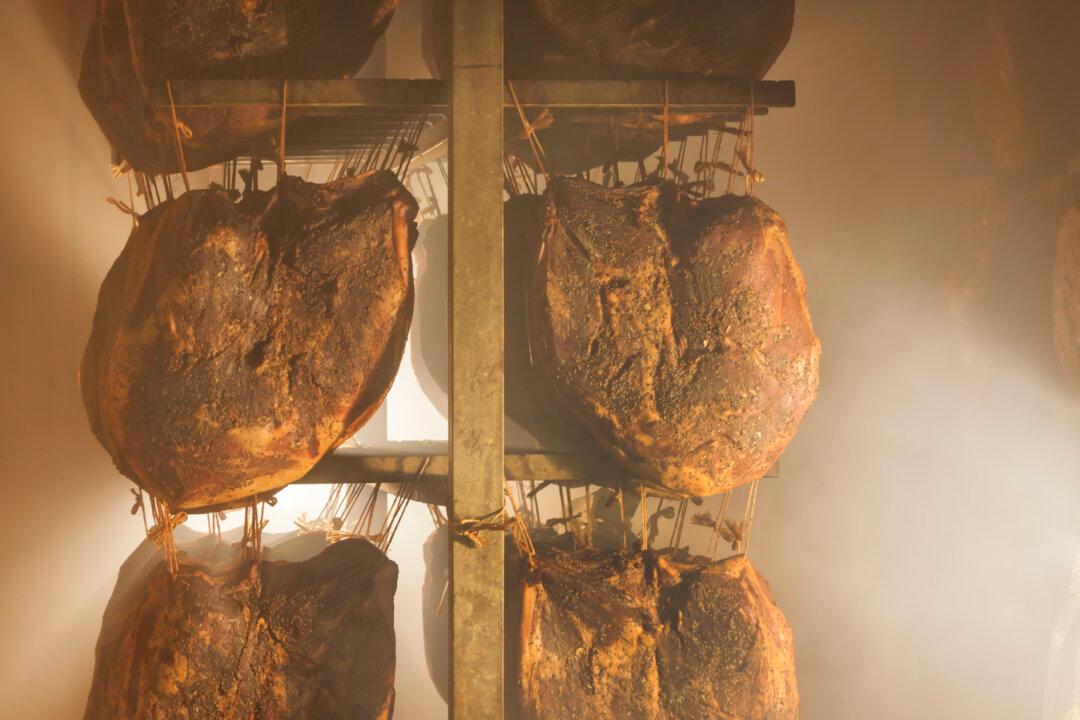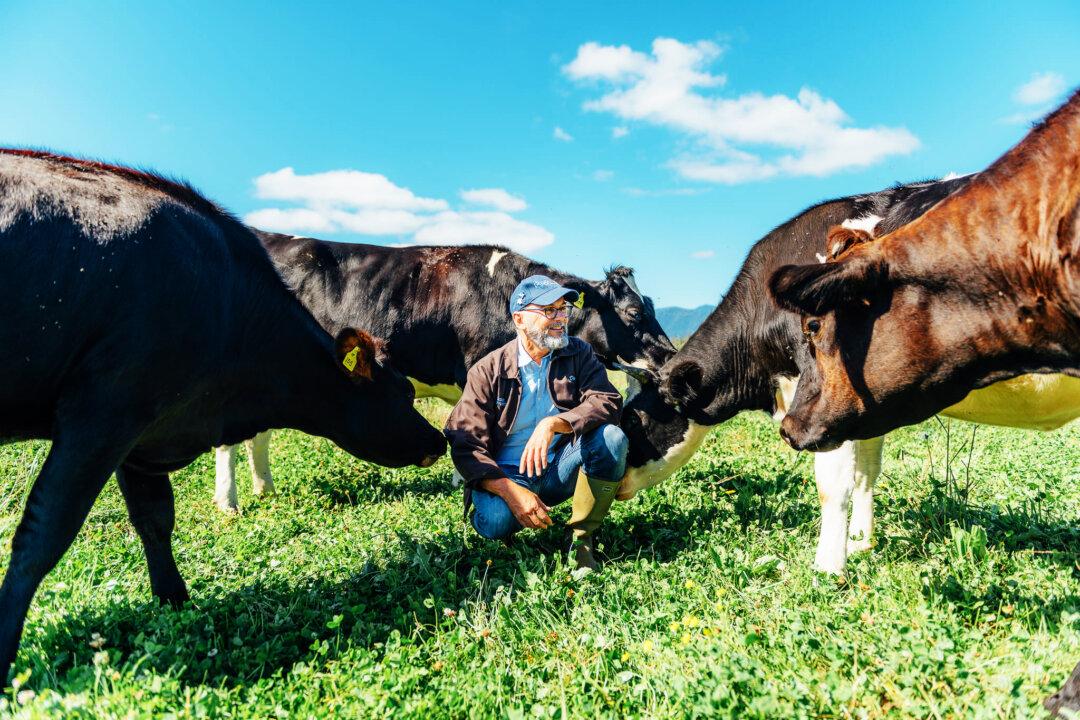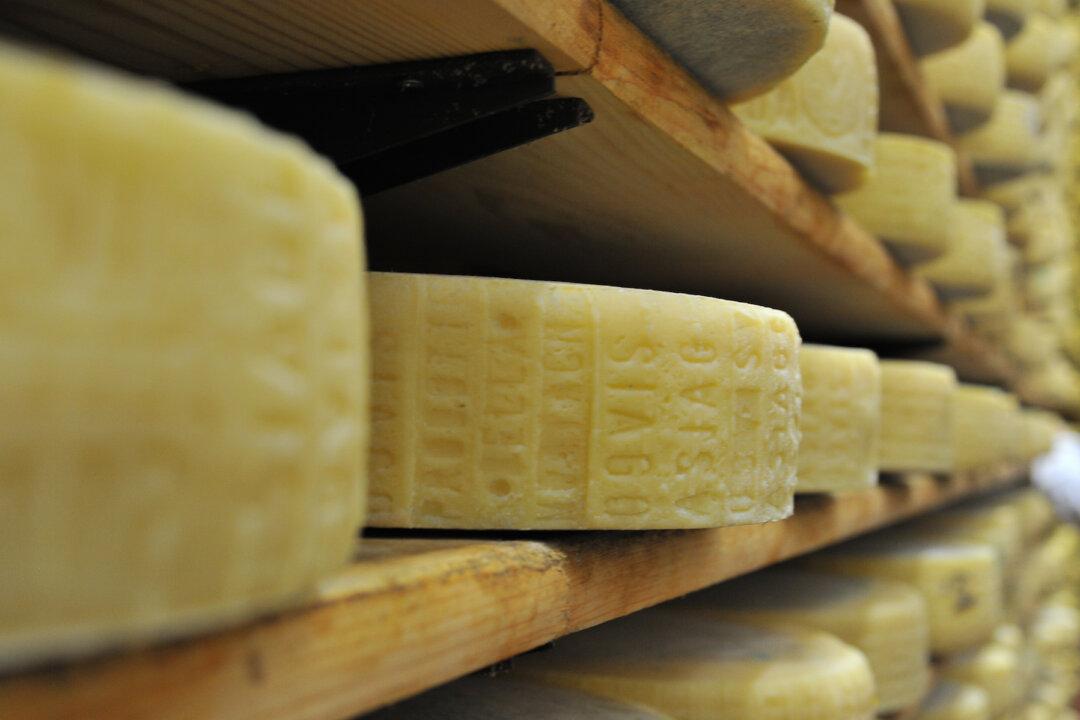Italy’s northernmost province of Alto Adige is a relatively recent addition to the country—the area belonged to the Austro-Hungarian Empire until just 100 years ago, when it was ceded to Italy after World War I. The Austrian roots of this magnificent, intriguing region, also known as Südtirol (South Tyrol), are still evident in many aspects of its lifestyle and culture. The architecture and landscape evoke scenes from “The Sound of Music,” and German is the first language of 70 percent of the population.
Locals take pride in the province’s unique position as a bridge between two cultures. Alpine and Mediterranean traditions coexist in delicious harmony in one of the area’s most famous food products: the spiced, smoked, cured ham Speck Alto Adige.





